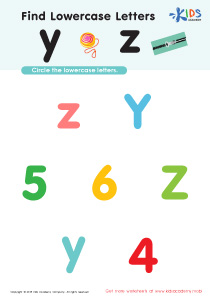Handwriting practice Normal Uppercase Letters Worksheets for Ages 3-6
6 filtered results
-
From - To
Our "Handwriting Practice Normal Uppercase Letters Worksheets" are crafted specifically for children ages 3 to 6. These engaging and educational worksheets help young learners develop fine motor skills while mastering the formation of uppercase letters. Each worksheet provides ample space for tracing and independent practice, enabling kids to build confidence in their writing abilities. Through repetitive practice, children will enhance their muscle memory and hand-eye coordination. Perfect for at-home learning or classroom use, these worksheets make handwriting practice a fun and rewarding experience for young writers. Boost your child’s handwriting skills with these effective and enjoyable resources today.
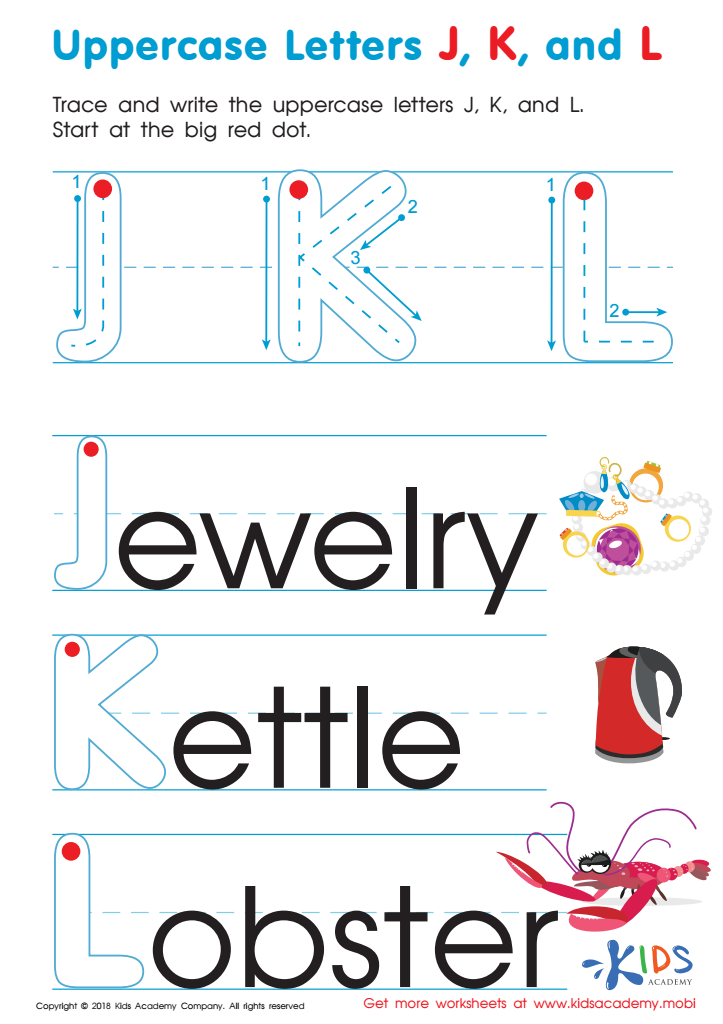

Uppercase Letters J, K, and L Worksheet
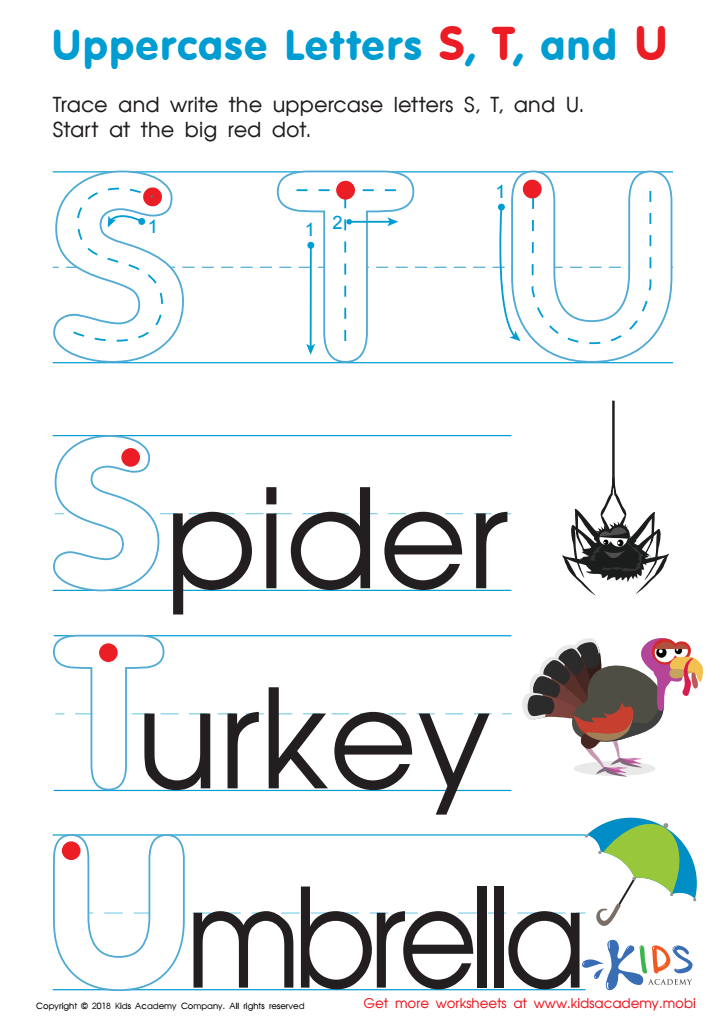

Uppercase Letters S, T, and U Worksheet
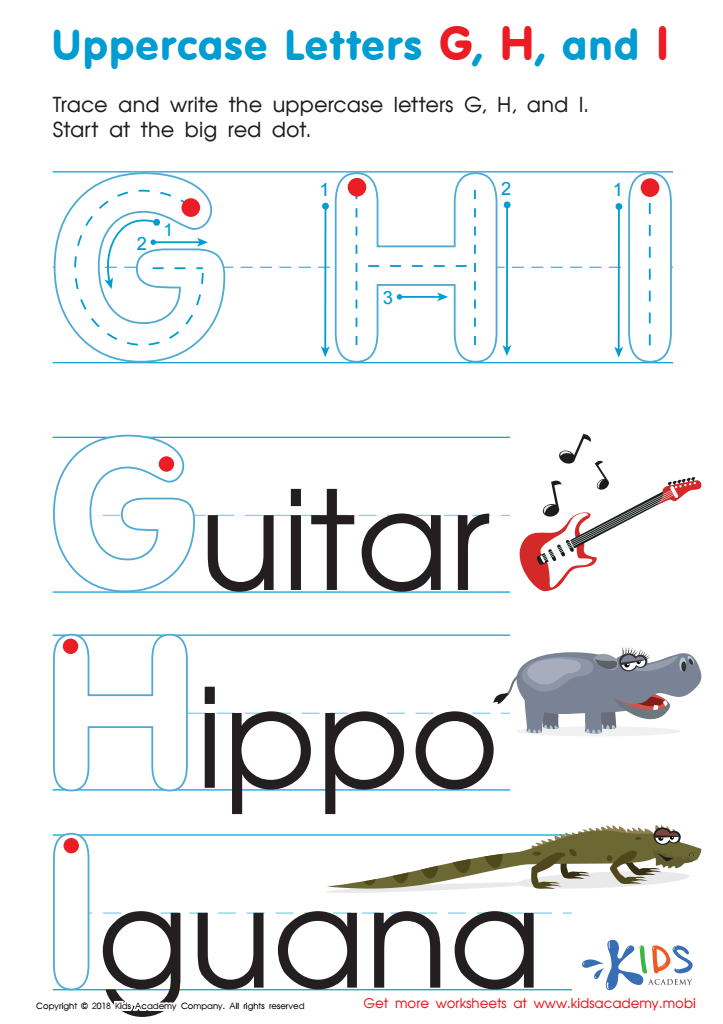

Uppercase Letters G, H, and I Worksheet
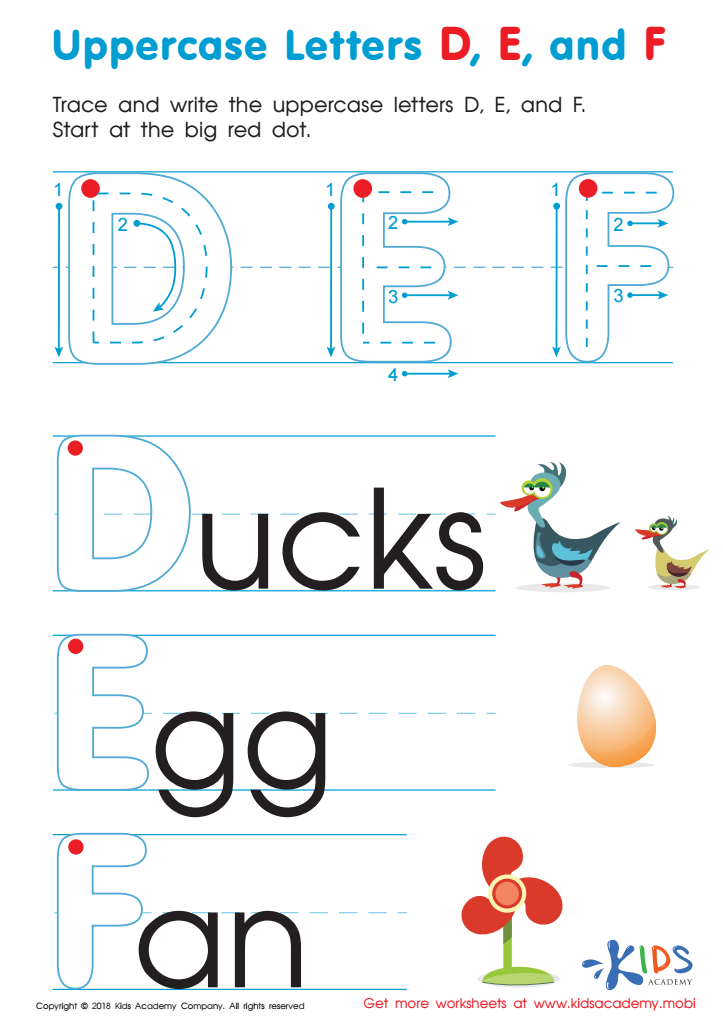

Uppercase Letters D, E, and F Worksheet
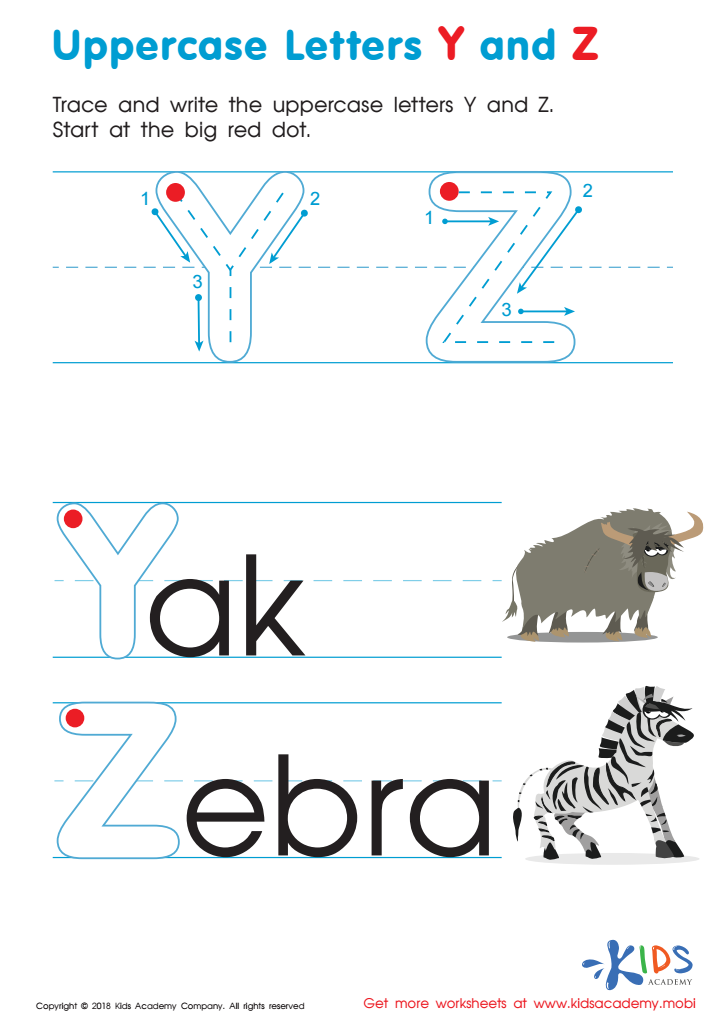

Uppercase Letters Y Z Worksheet
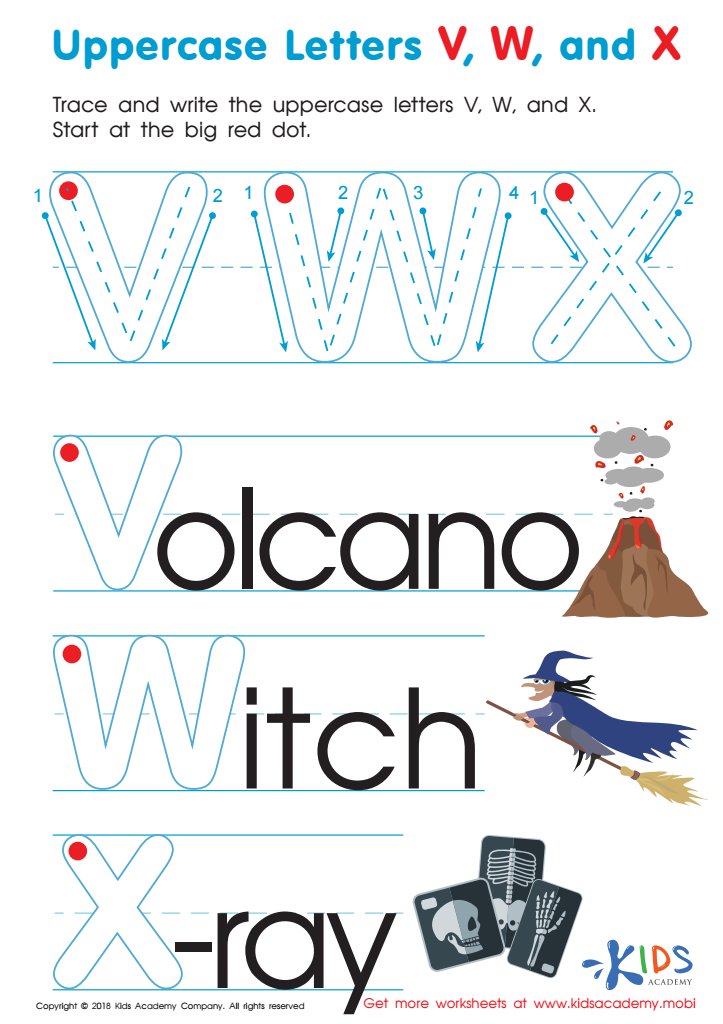

Uppercase Letters V, W, and X Worksheet
Parents and teachers should recognize the substantial value in nurturing handwriting practice for children aged 3-6, particularly focusing on normal uppercase letters. During this critical developmental window, when young minds and motor skills are rapidly evolving, practicing handwriting contributes significantly to several key areas of growth. First, it hones fine motor skills by strengthening hand muscles, enhancing finger dexterity, and improving hand-eye coordination.
Furthermore, handwriting fosters cognitive development. As children learn to form letters, they simultaneously comprehend symbol recognition and formation, essential building blocks for literacy and reading comprehension. It cultivates focus, patience, and discipline, as repetitive practice embeds the discipline needed for academic achievement.
Engaging in handwriting activities also supports emotional and social growth. Mastering a new skill bolsters self-esteem and confidence, often encouraging a positive attitude towards learning. In classrooms, it promotes a sense of belonging and achievement as children share their progress with peers.
Lastly, a solid foundation in handwriting sets the stage for future educational milestones. Clear, legible handwriting is crucial for effective communication and academic tasks throughout a child's schooling. Thus, investing time in handwriting practice during these formative years can profoundly influence a child’s lifelong learning journey.
 Assign to My Students
Assign to My Students









